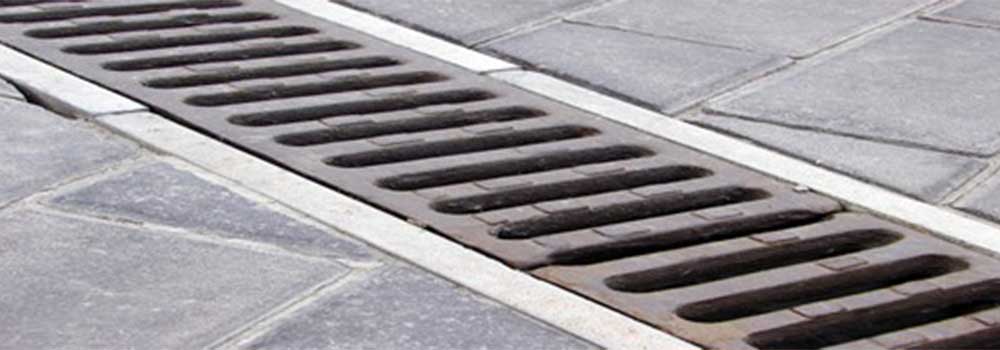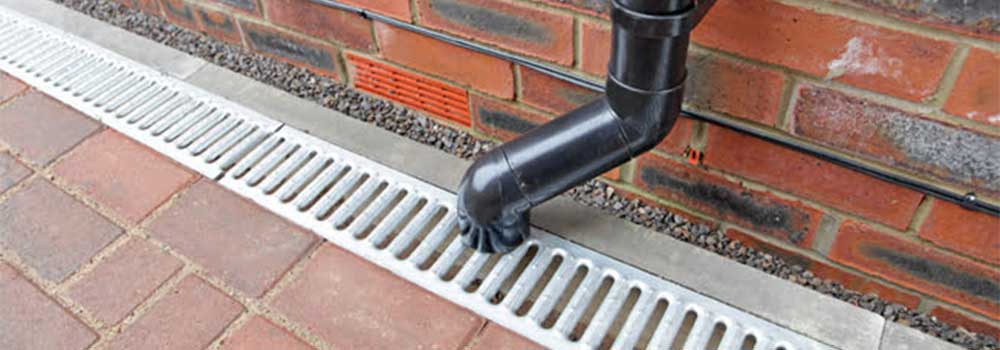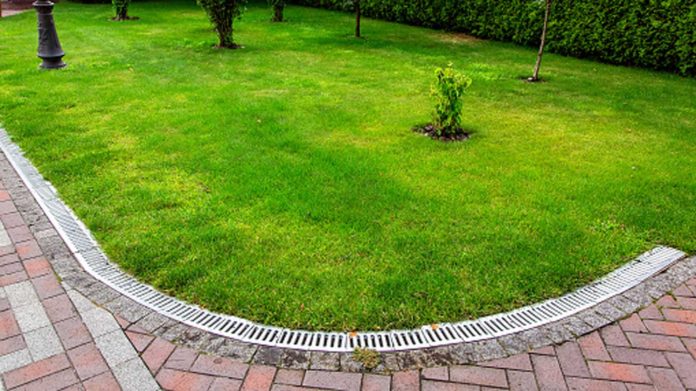If you’re working on the project that needs a drainage system, you know well the importance of better design for safe and handy water removal. If you’re working with storm water or drainage, good water treatment keeps away from harm to essential properties.
And it provides a clean, safe atmosphere for residents. Also, it reduces water retention and related health and safety concerns. A great well-designed linear drainage solves all of these problems. Also, it helps to contemplate construction time, expense and continuing efficiency.
Moreover, it makes a better flow rate, stability, implementation time and maintenance costs for life. Here’s a brief discussion for breaking down the different options and helping you make the right choice for your needs.
Trench Drains

There are several multiple kinds of drainage systems. They come under the umbrella of the “trench drain,” from traditional trench drain to more specialized forms. These drains are a surface network, in comparison to other systems on the list.
Like a modular grated trench, this trench drain consists of a wide trench with a drain pipe fixed in place of concrete. This channel can be very small or full and has usually filled with a grate of heavy metal.
Trench drains operate by intercepting the accumulation of water over vast expanses of land. They remove the water from the ground surface and into the tube.
And it eventually meets a final draining level. Typically such networks are located around commercial buildings like restaurants and docks for storage. You will even find them on the streets of the town and also on the decks of a lake.
Cast-In-Place Type Trench Drains

Each one can be most troublesome of all forms of irrigation schemes. A trench has drilled to mount; then wood shapes are installed with a reinforcement bar before filling the trench using concrete. Unlike other trench systems discussed since then, this one needs a grate covering as well.
These systems transfer water, and even wreckage, from the surface of the ground into the channel and through a catch system, helping to keep the floors clean and dry unless the channel has obstructed.
These were popular in different industries, but many have switched to better alternatives because of their expense and inefficiency.
Swale Drains
In essence, swale drains are a shallow ditch lined with grass of turf, or similar vegetation. They are a broader and shallower system making them subtler than traditional trench-style methods. Swale drains have used to help reduce surface runoff and regulate water pollution.
These also aim to avoid erosion, paddling or eroding of the wetlands in the underlying soil. They also tend to prevent storm drains from getting flooded by a rapid flood surge by distributing flood across a full area and preventing the runoff from flowing too soon. This system has typically used in landscaping zones, both residential and industrial.
Point Drains
It is a subsurface network that allows floors to slop into the ORCA drain. This can create an unattractive, unleveled appearance when multiple drains needed, and lead to difficulties in planning and setting up the facility.
These drains work by collecting water from a single point or gully, such as the drain that you find in a shower. Point drains have typical in areas where drainage from a particular point has needed because of structural or topographical needs.












